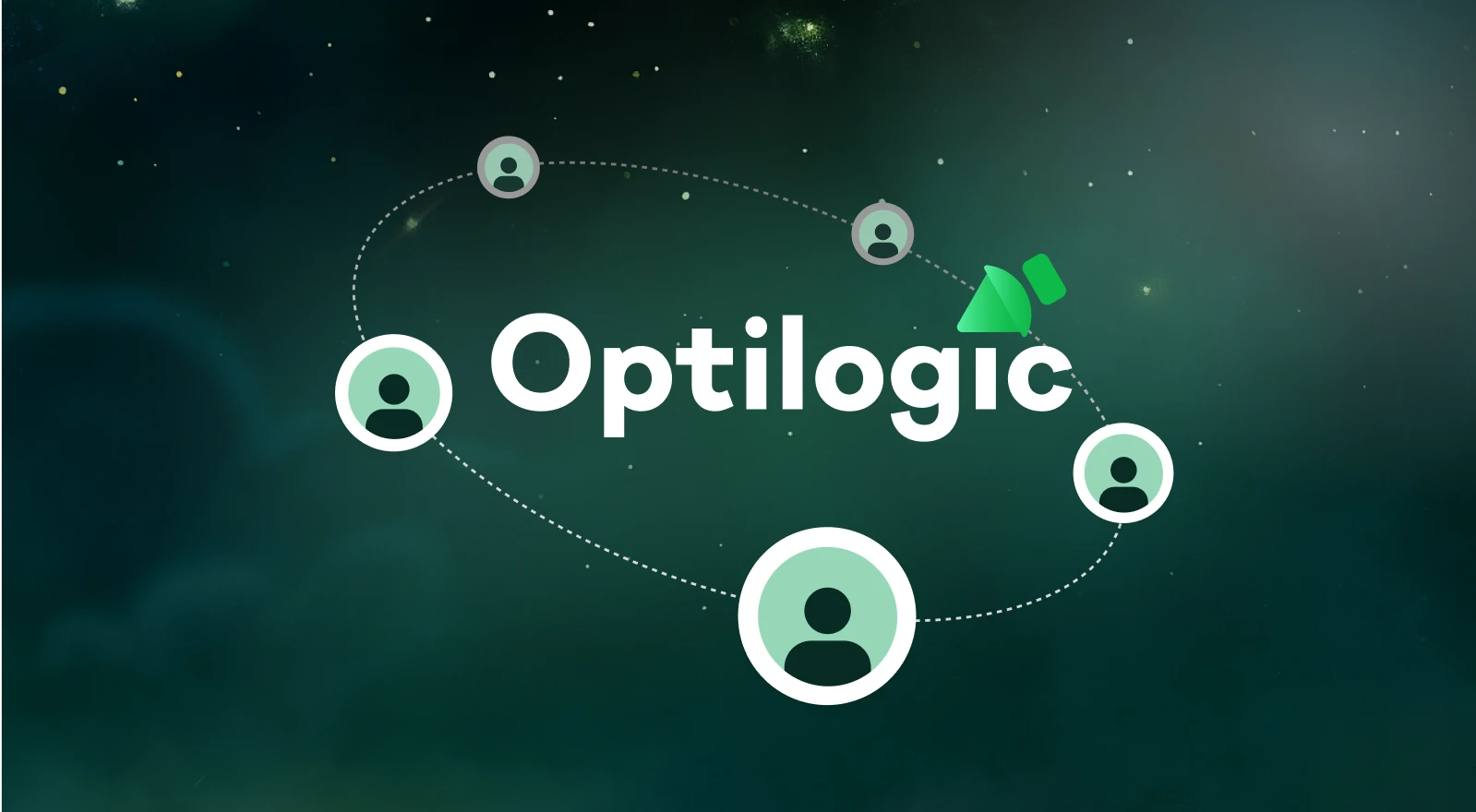Optilogic Training Courses teach teams to model, analyze, and optimize supply chains with confidence. Learn Cosmic Frog and DataStar through expert-led, hands-on sessions that deliver faster insights, stronger decisions, and measurable ROI.



Explore Optilogic’s on-demand training library, curated to help you learn exactly what you need, when you need it. Access everything at your fingertips and move through each module at your own pace.
In this episode, we explore how to analyze your optimization results through Cosmic Frog's output tables. Instead of digging through raw solver logs or exporting data to external tools, you can filter, compare, and aggregate results directly within Cosmic Frog. Want to see total cost savings between your baseline and optimized scenarios? Need granular detail on which facilities are shipping to which customers? And it doesn't stop there. You'll see how to use the job logs and error logs to troubleshoot model runs, validate that scenarios completed successfully, and identify where infeasibilities occur. With Cosmic Frog's output tools, analysts can quickly validate results, pinpoint where savings are generated, and confidently present findings to stakeholders.
This chapter tackles one of the most common hurdles in supply chain modeling: infeasibility. You’ll see how Cosmic Frog flags errors when your model can’t satisfy all its constraints, and more importantly, how to track down the root cause. Starting with the validation report, you’ll learn how to spot critical errors, trace them back through sourcing or transportation policies, and fix the issues step by step.
This session explores the automatic OptiRisk metrics available with each Cosmic Frog scenario. We dig into the components that make up each scenario's risk scores, where to find this reporting within Cosmic Frog outputs, and dashboards available to visualize cost versus risk tradeoffs. We then walk through examples of building and tuning your own risk profiles, and how to respond to risk identified with mitigation scenarios and quantifying impacts of risk events.
Please try different keywords.
Learn how to navigate the DataStar interface and understand the core concepts behind your data transformation workflows. This overview walks you through the Optilogic platform, including projects, macros, data connections, and how to use Leapfrog AI to build tasks with natural language prompts.
Please try different keywords.
Ready to take your modeling skills to the next level? Join Leapfrog 102 for a hands-on walk-through of the latest AI-powered use cases—designed to help you explore, edit, and optimize like a pro inside Cosmic Frog.
Please try different keywords.
This session will give users and introduction to the Hopper engine. Typical Hopper use cases, differences and synergies with other Optilogic engines, and high level solve approach will be covered. The session will also equip users with the base input information needed for models, as well as types of outputs.
This session examines the inputs for an outbound multi stop routing model within Cosmic Frog. Base elements, pickup and delivery constraints, assets, costs and time considerations will be covered.
This session covers Hopper scenarios that consider tradeoffs between reatining current route configurations and customer segmentation vs. relaxation of these rules.
This session covers Hopper scenarios that considers the impact of adjusting various factors when routing outbound shipments. Considerations include business hours, asset types available, and origin locations for the shipments.
Please try different keywords.
Step-by-step instruction to be able to confidently run your own simulation model and review outputs.
Learn the foundational elements of building supply chain simulation models in Cosmic Frog, including Model Elements, Transportation, Sourcing, Production, Inventory, and Demand (Orders).
Understand the conceptual elements of simulation modeling, what makes simulation unique as a modeling methodology, and questions that can be addressed with simulation.
Please try different keywords.
By Greg Mueller, VP Customer Strategy, Optilogic
A Q&A with Vikram Srinivasan, Vice President of Solution Architecture, Optilogic
Recognition from Supply & Demand Chain Executive and Food Logistics highlights Optilogic’s leadership in advancing next-generation supply chain decision-making.
Ex-McKinsey exec will lead new Solutions organization to create tailored decision-making solutions for maximum customer impact.
Please try different keywords.
Learn how to navigate the DataStar interface and understand the core concepts behind your data transformation workflows. This overview walks you through the Optilogic platform, including projects, macros, data connections, and how to use Leapfrog AI to build tasks with natural language prompts.
Please try different keywords.
Visit our Help Center to explore detailed product guides, troubleshooting tips, and expert insights from the Optilogic community. Whether you’re learning the basics or diving into advanced modeling, you’ll find step-by-step resources to help you get the most out of the Design Intelligence Platform.

Explore all Optilogic resources in one place — from expert-led webinars and thought leadership blogs to customer success stories and product videos.

See how Optilogic combines advanced modeling, risk analysis, and expert support to deliver faster decisions and measurable supply chain results.